Perfect Bound Book Printing: 7 Reasons to Bind with PUR Glue
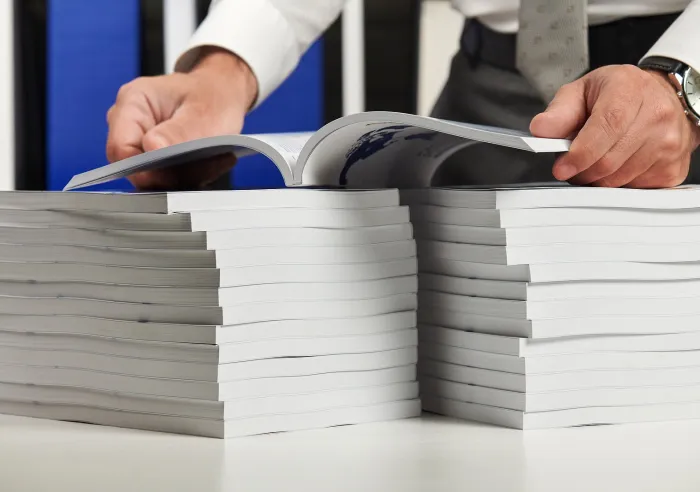
estimated reading time: 4 minutes
Perfect Binding is one of the most widely used methods for
creating softcover books. This binding method uses a special glue to affix the
book's pages into a wraparound cover. The glue provides a strong bond to ensure the book's pages and cover stay securely bound.
There are two primary types of glue used for Perfect Binding
- Polyurethane Reactive (PUR) and Ethylene Vinyl Acetate (EVA). While PUR and
EVA are both hot melt glues, the high performance of PUR makes it the superior binding option for Perfect Bound books.
Below are 7 reasons why PUR glue is superior to
EVA glue:
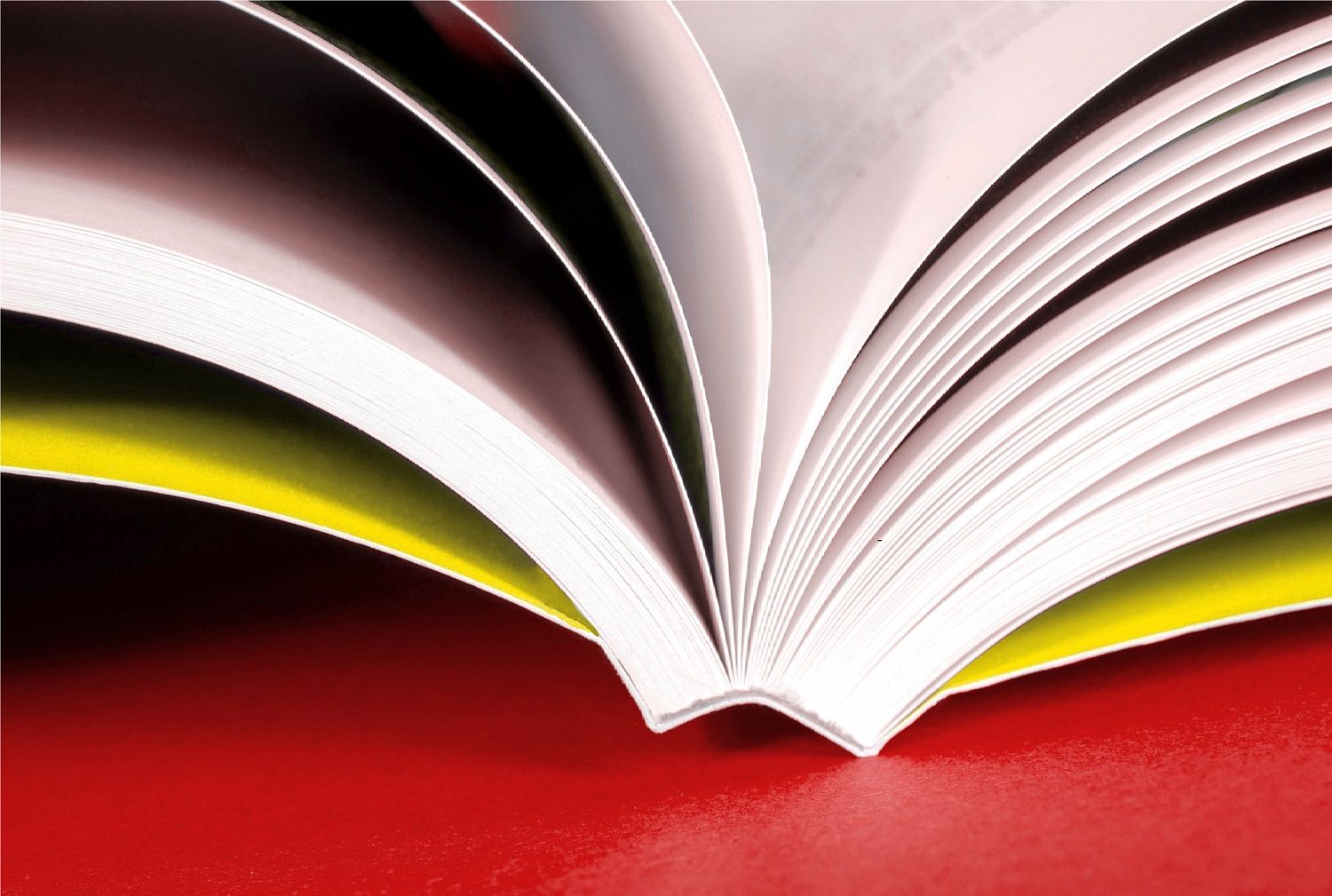
1. Higher Bonding Strength
PUR glue creates a stronger and more durable bond than EVA. PUR is a "reactive" adhesive, formulated to chemically react with moisture. The moisture, which is mostly drawn from the surrounding air but also from the substrates being bound, triggers the small molecules within the adhesive to polymerize into a larger network of molecules. This chemical reaction continues until the glue is fully cured. The molecular bonding that occurs is what gives PUR its superior strength and adhesion properties.
2. Greater Flexibility
PUR glue offers more flexibility and
resilience than EVA. Because of the strong bond it creates, PUR binding only
needs about half the volume of glue that EVA requires. The thinner spread of
glue helps PUR remains flexible. This increased flexibility allows a perfect
bound book to open very wide, thus providing for a better reading experience.
Also, unlike books bound with EVA glue, books made with PUR can be pressed down
flat without the risk of breaking the spine. The added flexibility also allows
frequently-used books to endure repeated opening and closing of the pages.
3. More Resistant to Page Pull-Out
The robust bonding strength
of PUR glue helps maintain the structural integrity of perfect bound books by ensuring
the pages remain intact. Compared to EVA, PUR glue binding offers up to 60%
more resistance to pages being pulled out. This feature is especially important
for books that might be subject to rough handling, such as children's books or
those used in rugged conditions.
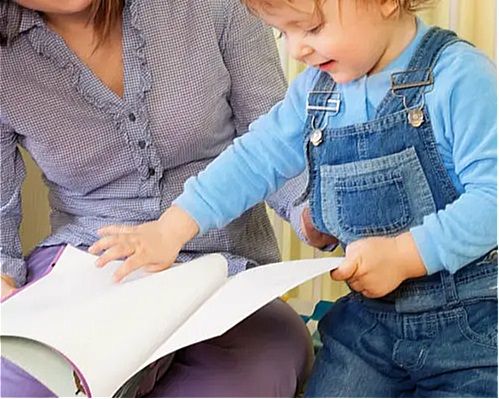
4. Adheres to a Wider Variety of Substrates
Substrates that
have a slicker surface, such as gloss coated stocks, synthetic paper, or
laminated sheets, can often be a challenge for EVA glue. Recycled paper, because
its shorter fibers provide less surface area on which to bond, can also be
problematic for EVA. PUR, on the other hand, strongly adheres to virtually any
substrate, including gloss coated stocks, synthetics, laminates, Mylar,
recycled paper, and thicker cardstocks. This versatility makes PUR the ideal
binding choice for a wide variety of perfect bound book projects.
5. Cleaner Appearance
As mentioned under Item #2 above, PUR
only requires a thin application of glue; about half the amount needed when
using EVA glue. The smaller glue line produces a neater appearance because it
minimizes the potential for oozing. Also, the lower volume of glue doesn't cause the
spine to bulge or distort, thus allowing it to maintain a nice square shape. PUR is also known for having good color
stability, making it less likely to discolor over time. In addition, PUR dries
clear, making the glue line less visible after binding.
6. Extended Open Time
PUR glue typically has a longer open
time compared to EVA glue. Open time refers to the duration of time that elapses
between the moment the glue is applied until the bond is made between the book's
page block and cover. The extended open time of PUR provides more flexibility
during the binding process, allowing more time for the precise positioning of
the substrates before the glue's initial set.

7. Withstands Extreme Temperatures
The spine of a book
bound with EVA glue will crack if the ambient temperature gets too cold.
Likewise, the pages of an EVA bound book will loosen if the temperature gets
too hot. However, PUR glue maintains its flexibility and adhesion whether the
temperature is well below zero or 300 degrees Fahrenheit. PUR is also
unaffected by high humidity. Unlike EVA glue, PUR ensures a long-lasting and
secure binding even when subject to challenging conditions.
Color Vision uses PUR Glue Exclusively
Even though PUR glue outperforms EVA in every category, there are a fair number of printing companies that still use EVA glue on Perfect Bound
projects. However, Color Vision does not use EVA glue. When producing Perfect
Bound books, Color Vision uses PUR exclusively.
Also, despite PUR being the superior adhesive, Color Vision
does not charge extra for it. So you get all the benefits of PUR without paying more.
If you have an upcoming Perfect Bound book project and want to use PUR glue, give us
a call at 800-543-6299 and we'll be happy to assist. Or, use our Quote Request form to forward your specs to us and we will send you a quote via
email.
As always, we look forward to assisting with your printing and binding needs!
Related Articles
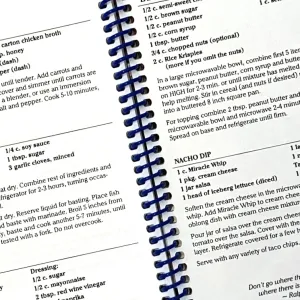
Which Book Projects Benefit From Being Spiral Bound?
Read This Article
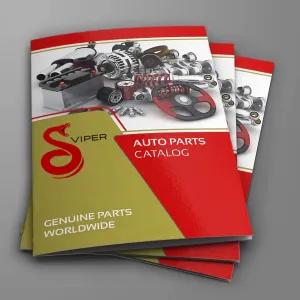
Booklet Catalogs: Why is this Catalog Format so Popular?
Read This Article

Creating a Comic Book? Here’s some Advice from a Printer
Read This Article

Perfect Binding vs PUR Binding: What is the Difference?
Read This Article